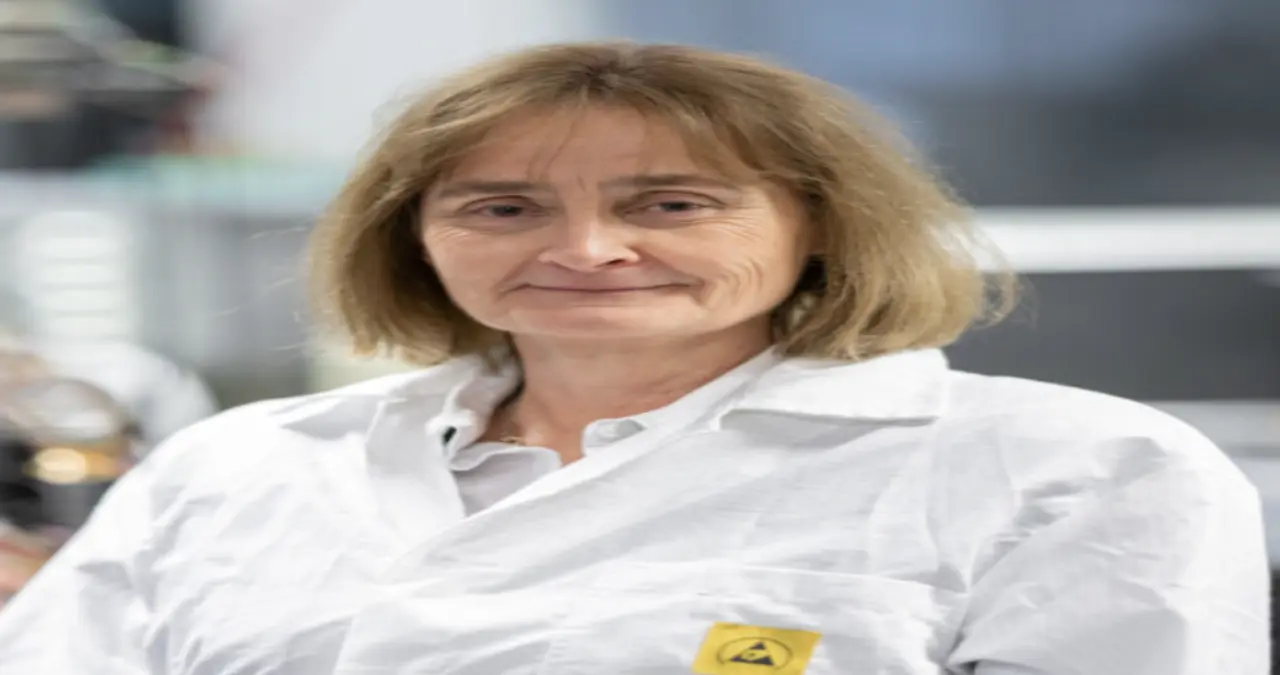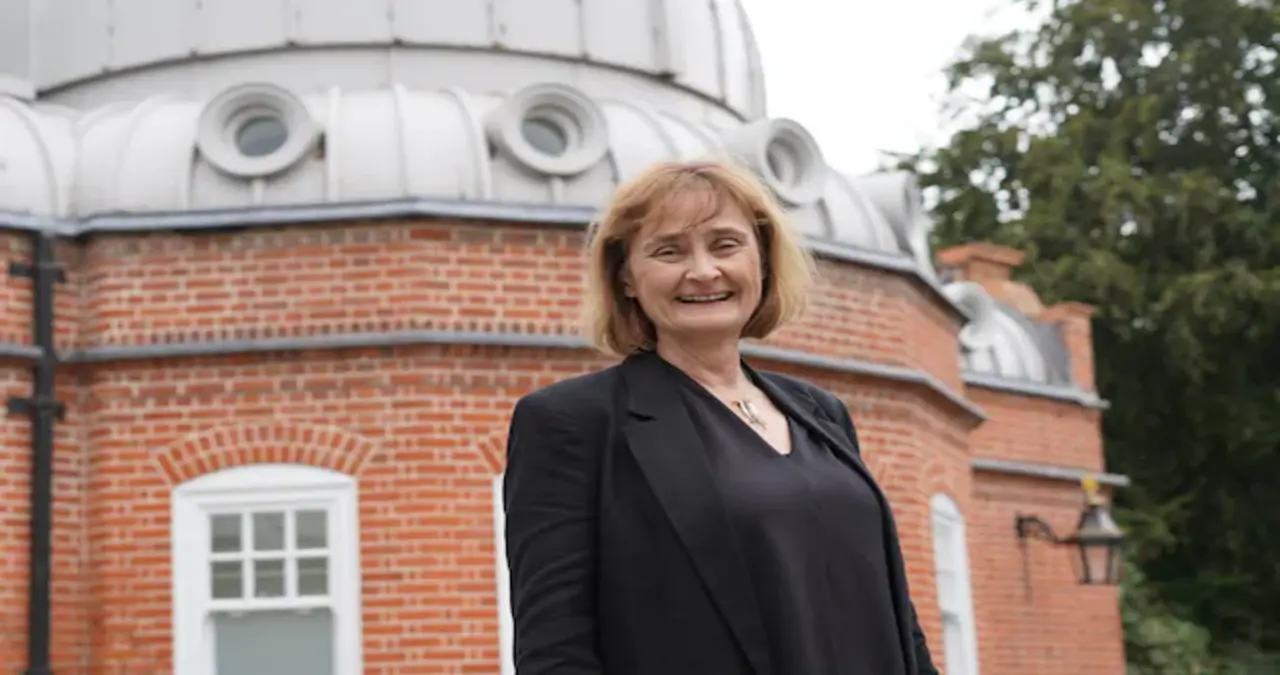The name Michele Dougherty resonates with brilliance in the world of space science and planetary magnetism. She’s not just another accomplished physicist she’s one of the most influential figures in space exploration. Whether you’re familiar with her work on the Cassini mission or her role in revealing the hidden ocean beneath Enceladus, Michele Dougherty stands as a leading example of how curiosity, intellect, and persistence can shape our understanding of the universe.
If you’ve ever marveled at the mysteries of Saturn’s moons or followed discoveries involving planetary magnetic fields, chances are, you’ve already come across the impact of Michele Dougherty. Her career reflects the perfect blend of groundbreaking science and passionate leadership. In this article, we’ll take an in-depth look at her journey, research contributions, academic influence, and the legacy she continues to build.
Early Life and Academic Foundations of Michele Dougherty
Understanding the path that led Michele Dougherty to become a renowned physicist begins with her formative years. Born in South Africa, Dougherty’s academic trajectory was shaped by a mix of determination and fascination with the natural world. Her early education instilled in her a deep appreciation for science, eventually guiding her into the world of physics.
Her higher education saw her move to the United Kingdom, where she pursued advanced studies in physics. She completed her Ph.D. in space physics at Imperial College London, a place that would later become central to her professional identity. It was here that Michele Dougherty began to carve out her reputation as a dedicated researcher and educator in planetary science and magnetometry.
Even during her student years, Dougherty stood out for her ability to ask big questions ones that often required not only knowledge but innovative thinking. She quickly developed a reputation for approaching complex problems with both creativity and rigor, a trait that would become vital throughout her career.
The Cassini-Huygens Mission and Dougherty’s Breakthrough
One of the most significant milestones in Michele Dougherty’s career was her role in the Cassini-Huygens mission to Saturn, launched by NASA, the European Space Agency, and the Italian Space Agency. Dougherty led the Magnetometer Instrument team on this landmark project, a responsibility that placed her at the heart of one of the most ambitious space missions of our time.
The magnetometer on the Cassini spacecraft was used to analyze magnetic fields around Saturn and its moons. What Michele Dougherty and her team discovered revolutionized our understanding of Saturn’s moon Enceladus. Instead of being a simple icy rock, Enceladus turned out to have a subsurface ocean, revealed by magnetic anomalies in the data collected by her instruments.
This discovery, led by Michele Dougherty, opened up entirely new conversations in the scientific community about potential habitability in our solar system. It raised questions about the presence of life and how we define hospitable environments. For Dougherty, it was a moment that crystallized the power of magnetic data in uncovering planetary secrets.
The Enceladus Revelation: Changing How We See Moons
The story of Enceladus is now a landmark in planetary science, largely due to the work of Michele Dougherty. Before the Cassini mission’s revelations, Enceladus was thought to be geologically dead. Dougherty’s magnetometer readings suggested otherwise there was something beneath the icy crust affecting Saturn’s magnetic field.
After deeper analysis, it became clear that plumes of water vapor were escaping from Enceladus’s south pole. These geysers were linked to an underground reservoir, possibly an ocean, which was kept warm by tidal heating. The magnetic field interactions captured by Dougherty’s team provided the missing piece of evidence to confirm this model.
This breakthrough didn’t just elevate Michele Dougherty’s profile in the scientific world it changed the course of planetary research. Suddenly, Enceladus went from being an afterthought to a prime target for future missions searching for life. Dougherty’s findings are now foundational in discussions around astrobiology and solar system exploration.
Michele Dougherty as a Science Communicator and Mentor
While Michele Dougherty is celebrated for her research, she is equally revered for her role as a science communicator and mentor. Throughout her career, she has actively worked to make complex scientific ideas accessible to broader audiences. Whether she’s presenting at international conferences, speaking at public lectures, or engaging with students, her ability to communicate clearly and passionately sets her apart.
At Imperial College London, Dougherty has mentored countless students in physics and space science. She’s known for being both approachable and intellectually rigorous a rare combination that inspires those around her. Her mentoring extends beyond academic advice; she helps shape the personal and professional growth of young scientists.
In a field where gender disparity remains a challenge, Michele Dougherty is also a role model for women in STEM. She speaks often about the need for diversity in science and leads by example, supporting initiatives that encourage more inclusive environments in academia and research.

Awards, Honors, and Recognition of Dougherty’s Work
The accolades earned by Michele Dougherty are not just impressive they’re a reflection of a career marked by innovation and excellence. She has received numerous awards recognizing her contributions to science, including one of the most prestigious honors: being named a Commander of the Order of the British Empire (CBE) for services to science.
In addition to her CBE, Dougherty has received fellowships from esteemed institutions like the Royal Society, the American Geophysical Union, and the Royal Astronomical Society. These organizations highlight her work not only in advancing planetary science but in her contributions to the broader scientific community.
Dougherty has also been involved with advisory roles for space agencies and scientific committees. Her insights have shaped the direction of European and American space missions, ensuring that future exploration benefits from her wealth of experience. Her presence in high-level decision-making spaces solidifies her influence beyond her research.
Leading the JUICE Mission to Jupiter’s Moons
Following the Cassini mission, Michele Dougherty took on a pivotal role in another major space project: the European Space Agency’s JUICE mission (Jupiter Icy Moons Explorer). As the principal investigator of the magnetometer for JUICE, Dougherty is now directing her attention to Ganymede, Europa, and Callisto moons believed to have subsurface oceans like Enceladus.
Her leadership in this mission shows her commitment to continuing the search for potentially habitable environments beyond Earth. The JUICE mission, like Cassini, aims to use magnetic field data to probe beneath the surfaces of these icy worlds. Dougherty’s expertise is critical in designing experiments that can identify subtle signals in complex magnetic environments.
With launch and arrival timelines already in motion, the JUICE mission represents the next chapter in Dougherty’s legacy. It’s a bold continuation of her work using invisible forces to uncover hidden worlds. For fans of space exploration, it’s an exciting time, and Michele Dougherty is once again at the center of it.
Dougherty’s Approach to Scientific Discovery
One thing that consistently emerges when examining Michele Dougherty’s career is her unique approach to discovery. She combines meticulous data analysis with big-picture thinking, allowing her to see possibilities that others might miss. This mix of detail orientation and imagination is what led to her discoveries on Enceladus and what continues to guide her research.
She often speaks about the importance of listening to the data. For Dougherty, science isn’t just about confirming what we think we know. It’s about staying open to surprises and being ready to rethink assumptions. That attitude has made her not just a great scientist but a trailblazer in a rapidly evolving field.
Her emphasis on collaboration is also key. Dougherty regularly highlights the team-based nature of space science. Her biggest achievements have been supported by international teams of engineers, data analysts, and fellow scientists all working toward a shared goal. Her leadership in these environments fosters a culture of trust and innovation.
The Legacy of Michele Dougherty in Planetary Science
The legacy of Michele Dougherty is already being felt across the scientific world. Her contributions have reshaped planetary science, elevated magnetic field studies, and inspired a new generation of researchers. But her influence goes beyond her specific discoveries it’s in how she conducts science.
She’s known for blending humility with confidence, precision with passion. Her work ethic is admired across disciplines, and her ability to inspire is second to none. Scientists and students alike often cite her as the person who changed how they see the universe and that kind of legacy is rare.
Through her work on Cassini, JUICE, and countless papers and lectures, Michele Dougherty has shown that the universe still has secrets worth chasing. Her story encourages us to remain curious, stay persistent, and never underestimate the power of invisible forces to reveal incredible truths.



